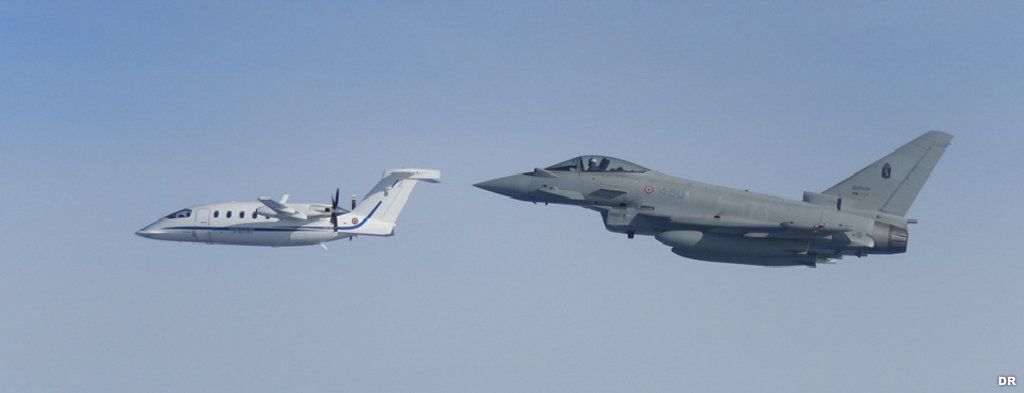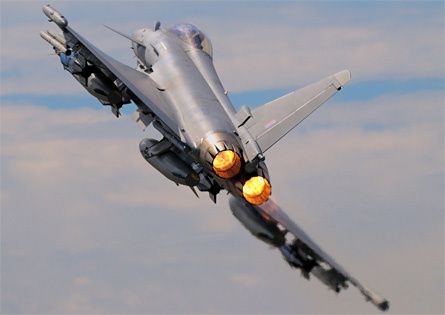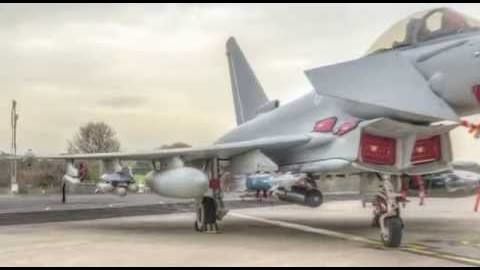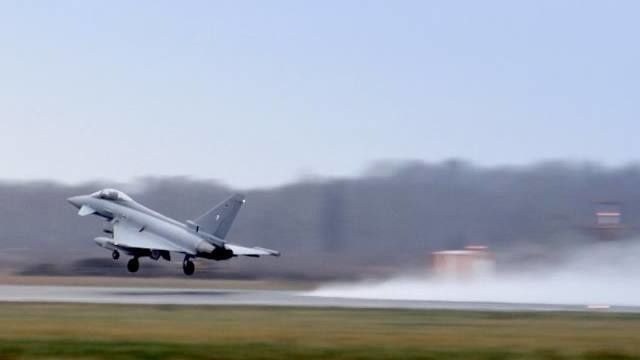1 octobre 2014 - lematin.ma
Les dernières révélations sur l'état de l'armée allemande font douter de la capacité des forces européennes, qui ont pâti ces dernières années de coupes budgétaires drastiques, à répondre aux crises qui la cernent à l'est et au sud.
La presse allemande se déchaîne depuis une semaine sur les défaillances de son armée, illustrées par des pannes d'avions de transport vieillissants de la Bundeswehr qui ont retardé l'acheminement d'armes aux combattants kurdes dans le nord de l'Irak. Mardi soir, le gouvernement annonçait qu'il allait réduire de moitié le temps de vol de ses avions de chasse Eurofighter en raison d'un défaut à la carlingue.
Selon le chef d'état-major des armées allemandes, cité dans la presse, seuls 42 des 109 Eurofighters, 38 des 89 chasseurs Tornado et 10 des 31 hélicoptères de combat Tigre que possède l'Allemagne sont disponibles, les autres étant en maintenance ou réparation.
En Italie, seulement 15% des hélicoptères seraient prêts à décoller et "de nombreux avions de combat ne sont pas opérationnels", selon le site spécialisé Analisi Difesa. En Grande-Bretagne, sur 170 avions de combat, 40 sont disponibles, selon l'institut RUSI.
En France, un rapport de la Cour des comptes vient de révéler que seul 41% des aéronefs était disponible en 2013, contre 60% en 2008 et 65% en 1997. Cette faible disponibilité a un impact sur la formation de certains jeunes pilotes français, qui n'atteignent pas les heures de vol requises pour être agréés par l'Otan. Les bâtiments amphibies ne sont disponibles qu'à 49% et certains chars à 55%.
Ces informations peuvent faire douter de la solidité des armées européennes, alors que les Alliés se sont engagés début septembre à créer une force très réactive sous l'égide de l'Otan en réponse au rôle de la Russie dans la crise ukrainienne. Elles contrastent aussi avec les ambitions affichées par certaines capitales dans la mobilisation contre les groupes jihadistes en Irak et en Syrie.
Vraie menace pour l'Otan
En France, les interventions en Afrique (près de 6.000 soldats déployés au Sahel et en Centrafrique), assurées d'un taux de disponibilité de plus de 90%, siphonnent les moyens, ce qui explique en partie la faible disponibilité des équipements.
Et comme dans les autres armées occidentales, le vieillissement des matériels cause des défaillances plus fréquentes et rend parfois impossible leur réparation car les pièces de rechange sont introuvables. Quant aux équipements ultra-modernes, leur sophistication nécessite de les immobiliser souvent et longuement pour la maintenance.
Selon les experts, ce sont les coupes budgétaires successives depuis une vingtaine d'années, et singulièrement depuis la crise financière de 2008, qui ont entamé les capacités des armées.
L'Otan appelle depuis de nombreuses années ses membres à investir au moins 2% de leur PIB dans la défense, et 20% de ce montant dans l'achat d'équipements pour moderniser leurs armées. Sur 28 membres de l'Alliance, seuls quatre pays, emmenés par les Etats-Unis, première puissance militaire au monde avec un budget de 640 milliards de dollars, respectaient cette règle en 2013.
"Nous avons vu dans plusieurs pays qu'il y a des défaillances, qu'il faut investir dans les forces armées, y compris en Allemagne", a souligné mercredi son nouveau secrétaire général, Jens Stoltenberg, au premier jour de son mandat. "L'Otan doit bénéficier d'un bon équilibre des dépenses, des bonnes capacités", "c'est vital", a-t-il plaidé.
"La menace ne vient pas spécifiquement de la Russie ou de l'Etat islamique", estime Julian Lindley-French, chercheur associé à l'Université nationale de défense de Washington. "La vraie menace pour l'Otan vient de ses propres membres".
"D'ici 2016, la Russie dépensera plus que la France et l'Allemagne réunies. La Chine investit désormais au moins 130 milliards de dollars par an dans ses forces armées (...) Comparez cela avec l'Otan en Europe, qui compte 13 des 20 pays au monde ayant le plus réduit leur budgets de défense entre 2012 et 2014".
Selon lui, "c'est l'irresponsabilité européenne en matière de défense qui a grandement contribué à rendre le monde plus dangereux aujourd'hui car cela a rendu le coût à payer pour défier la suprématie occidentale plus supportable".






























